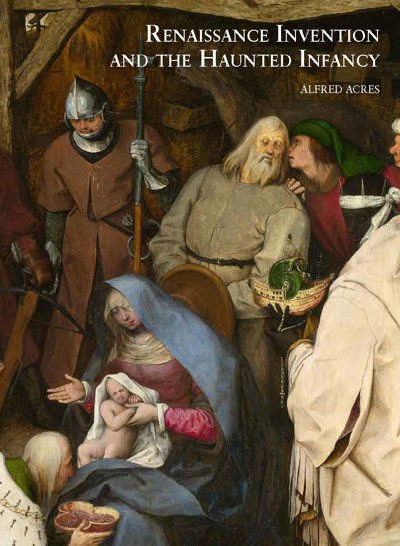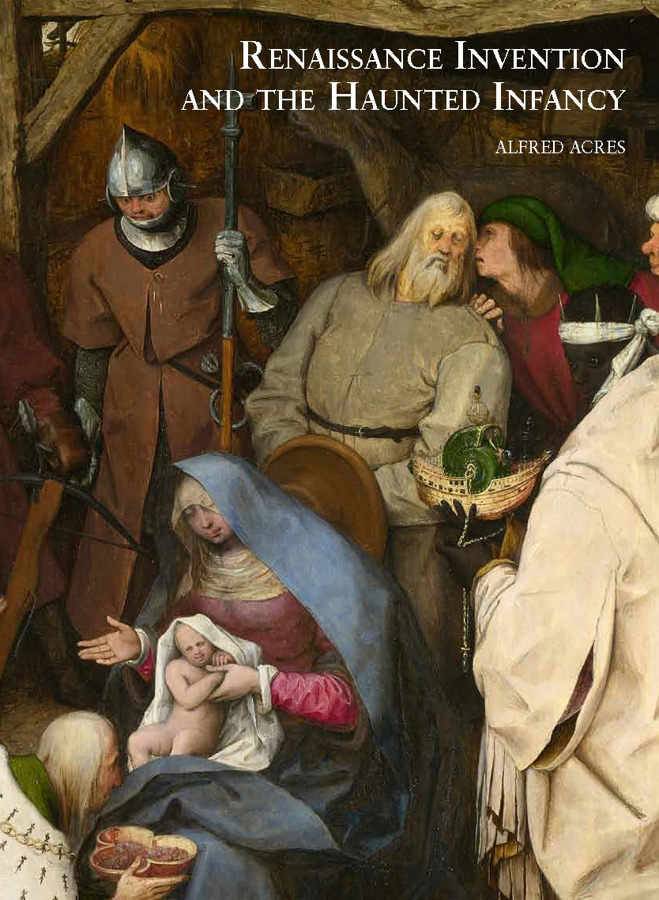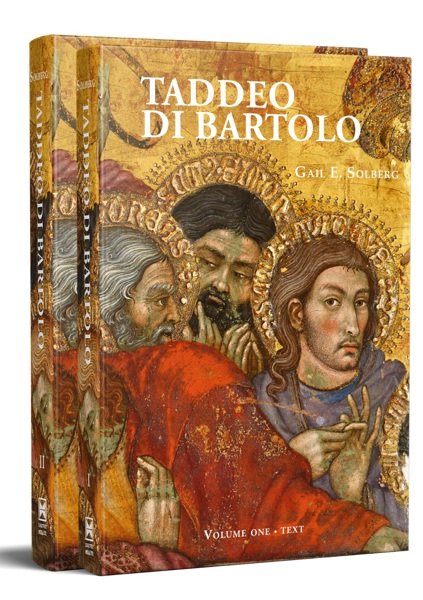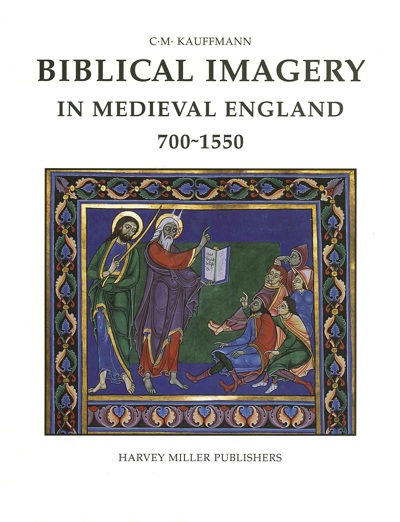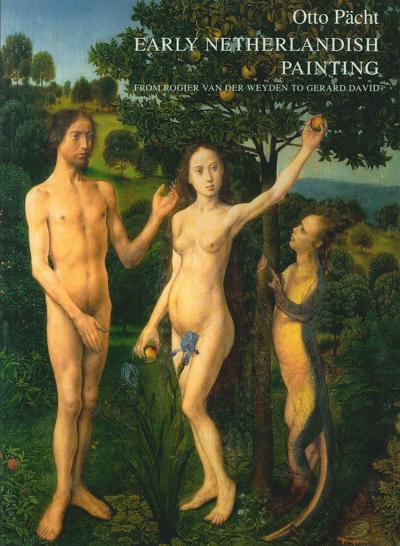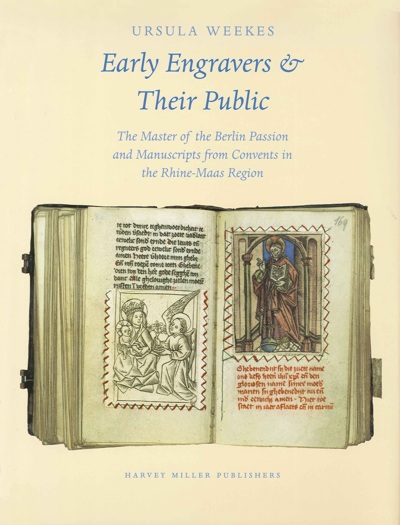
Renaissance Invention and the Haunted Infancy
Alfred Acres
- Pages: 310 p.
- Size:210 x 297 mm
- Illustrations:165 b/w, 19 col.
- Language(s):English
- Publication Year:2014
- € 120,00 EXCL. VAT RETAIL PRICE
- ISBN: 978-1-905375-71-4
- Hardback
- Available
This book examines how and why a vast range of fifteenth- and early sixteenth-century European images of Christ's infancy allude either to his death or to the devil, and sometimes to both.
"The beauty of Alfred Acres's book is that it takes themes, or better, ideas that are so familiar – those intimations of the Passion or of evil in scenes of Christ's Infancy – and shows how dense with meaning they are, how inventive they are, and how fully they contribute to the meaning of the art works in which they appear." (Lynn Jacobs, in: Historians of Netherlandish Art - Review of Books, September 2014, http://www.hnanews.org/hna/bookreview/current/15_acres0914.html)
“(…) meticulously researched book.’ (Mitchell Merback, in Renaissance Quarterly, 68/4, 2015, p. 1365)
Alfred Acres is Associate Professor of Art History at Georgetown University. He has previously taught at Princeton University, the University of Oregon, and the University of Pennsylvania. His articles have appeared in Art Bulletin, Artibus et Historiae, and numerous edited volumes. He has been awarded the College Art Association's Arthur Kingsley Porter Prize and held the Samuel H. Kress Senior Fellowship at the Center for Advanced Study in the Visual Arts.
Renaissance Invention and the Haunted Infancy examines how and why a vast range of fifteenth- and early sixteenth-century European images of Christ’s infancy allude either to his death or to the devil, and sometimes to both. Written as an essay on interpretation, the book addresses the bottomless ingenuity with which artists worked to embody two central yet ultimately elusive ideas: the sacrifice for which the Incarnation was necessary and evil poised to thwart the scheme of salvation. Because both are nominally nonexistent or suppressed in the moment pictured--a death not yet present for the Infant and a menace resisted by his coming--they convey absence or imminence in ways rarely attempted in earlier art. Although both kinds of allusion became pervasive in painting, prints, and sculpture and are widely familiar to modern observers, neither has ever been systematically addressed in art historical scholarship. With this gap as a core question, the study seeks answers among unmapped distances between Renaissance and modern approaches to meaning in religious images. Framed by an opening chapter that examines changing conceptions of subject matter and a concluding one that seeks to account for Renaissance fascination with these themes, the heart of the study is given to close scrutiny of an unusual variety of images (by such central figures as Bosch, Botticelli, Bruegel, Campin, Donatello, Gossaert, Michelangelo, and van der Weyden, among many others) and the means by which they engineer representation to guide singular kinds of thought. New perspectives emerge not only on certain core dynamics of meaning, but also on elementally related aims of a host of major works from the period.
